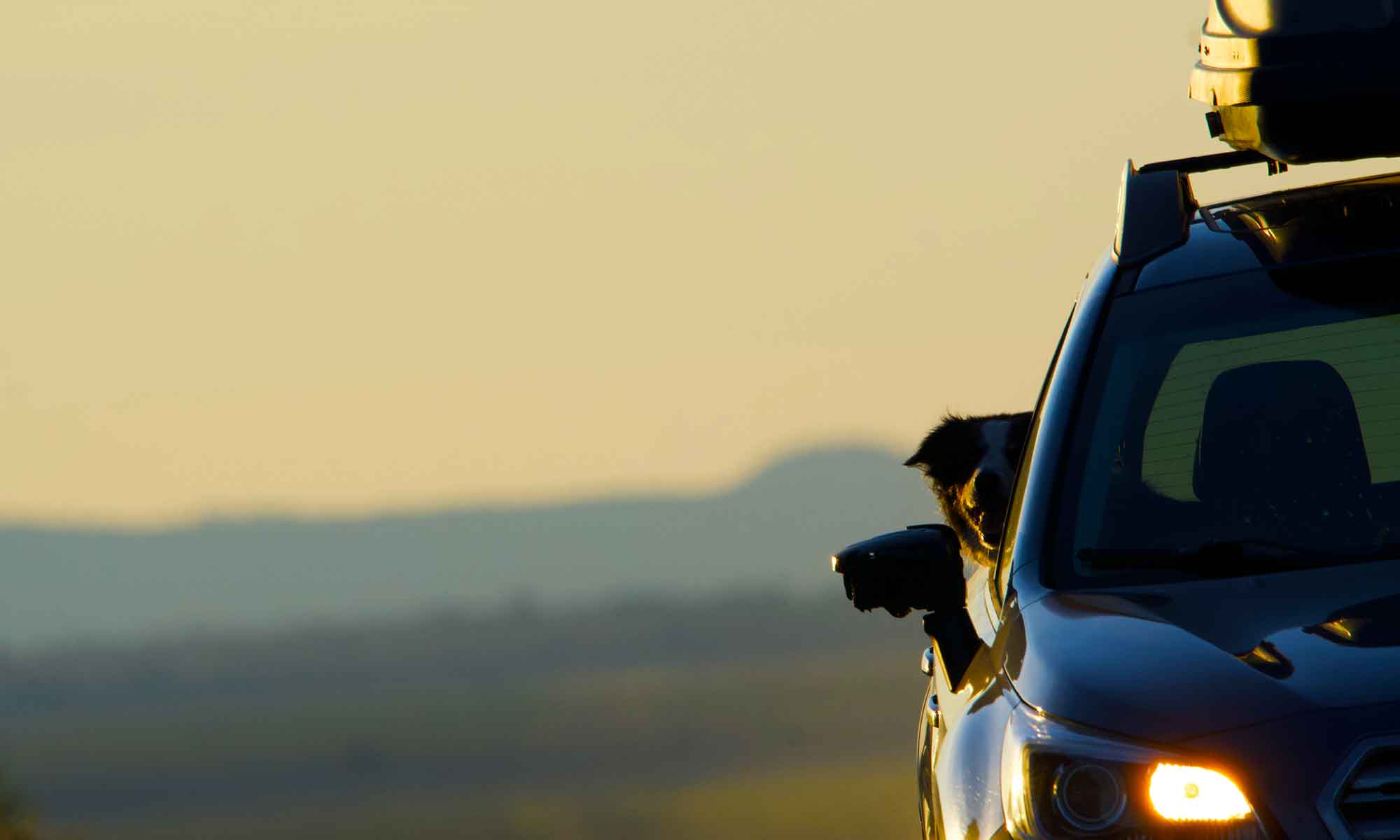
The sun shone and the temperatures warmed … seemed like the perfect time to make a trip to Summer Lake. There is still some snow banked along the Fremont Highway, but the roads were clear. The same icy fog banks that we encountered last week hung over some of the valley around Fort Rock. Once we crested Picture Rock pass and started down into the Summer Lake Valley it was all sunshine.

Winter is also hunting season, so we don’t expect to see a lot of bird activity. There are plenty of ducks and geese but not in the ponds around the campgrounds. Canals and marshes have filled up so there is plenty of water, most of the still pools are crusted with ice.

We hiked along a dike to get closer to a pair of swans and watched a few raptors sail over head. The real reason for a winter photo excursion to Summer Lake is the contrast a cover of snow gives to the cliffs that line the valley.

Reeds and grasses along the water ways give the foreground tones of caramel, ochre and brown. The snow-covered rocks of Freemont Ridge make the perfect transition to the blue skies. On a still day these are also reflected across the water surfaces.
 The lack of any wind and the sun made for a comfortable day of walking the wildlife refuge’s paths. It’s still a few months before the migration brings flocks of birds to the space, but for now we can find plenty of other subjects for the lens of our cameras.
The lack of any wind and the sun made for a comfortable day of walking the wildlife refuge’s paths. It’s still a few months before the migration brings flocks of birds to the space, but for now we can find plenty of other subjects for the lens of our cameras.



















 The gray haze and lack of wind created some really cool conditions on the water at Summer Lake Wildlife Refuge.
The gray haze and lack of wind created some really cool conditions on the water at Summer Lake Wildlife Refuge.































